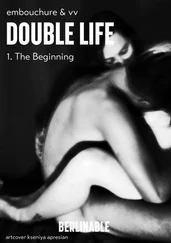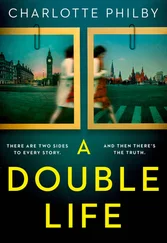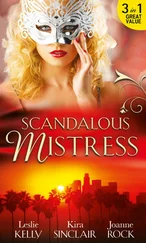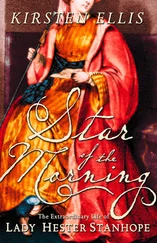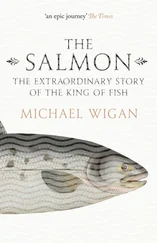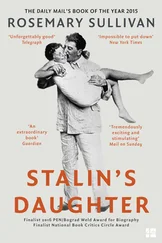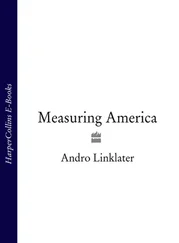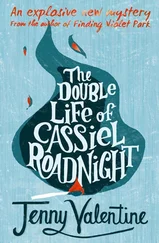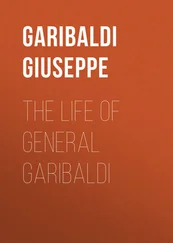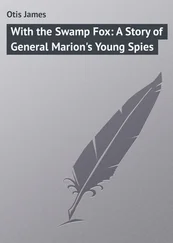Wilkinson proposed to alter the Articles so that each officer and soldier swore to “observe and obey the orders of the President of the United States, and the orders of the officers appointed over me,” and it would become an offense to utter “traitorous and disrespectful words against the President” or other government officers. The suggested change made the military structure constitutional, but it also shifted the primary loyalty of a soldier from his country to his government.
The change seemed to give dangerous power to the executive, and opposition to the new Articles immediately became entangled in the continuing saga of Colonel Thomas Butler’s uncropped pigtail, which had, by 1804, become the focal point of resentment against Wilkinson among forcibly retired officers of the once Federalist army. The issue created an unholy alliance between the Federalist stronghold of New England and the frontiersmen of Tennessee, where the colonel was stationed with the Second Regiment. Acting together, they mustered enough support in the Senate to approve a petition against the order for short hair and to throw out the new Articles of War. Until the twin issues of the pigtail and the Articles were resolved, Jefferson could not ignore the importance of the general’s support for the Constitution and the Republican administration.
Beyond his political usefulness, Wilkinson had another more immediate claim on the president’s attention. The general’s unparalleled knowledge of the west met one of the abiding passions in Jefferson’s life. From his childhood, when his father, Peter Jefferson, founded the Loyal Land Company to buy territory beyond the Appalachians, through the purchase of Louisiana and the creation of the Lewis and Clark expedition, the western lands occupied a strikingly important place in Jefferson’s imagination. In the winter of 1783–84, as a Virginia delegate to the Continental Congress, he had specified how they should be purchased from the Native Americans, how they should be surveyed and sold to eastern settlers, and how their structure of government should be created. The west was the canvas on which Jefferson envisioned a new republican society being drawn. His desire for information about the region was insatiable.
When James Wilkinson arrived in Washington with his sketch maps and direct information of the area, the president had already sent two ambassadors, James Monroe and John Armstrong, to Madrid to negotiate the exact dividing line between the Louisiana Purchase and Mexico. Since Louisiana had originally been discovered and settled by the French, this resolved itself into a question of how much land their colonists had explored in the eighteenth century. Jefferson believed that French exploration had taken them several hundred miles west of the Mississippi, justifying a border along the Sabine River. Encouraged by Wilkinson’s “Reflections,” however, Spain insisted that the boundary ran almost eighty miles east of the Sabine River. Their own detailed maps showed the line following the Arroyo Hondo, then extending northward until it crossed the Red River close to Natchitoches. Lack of knowledge about the geography of the area handicapped the American response. Wilkinson’s advice was consequently as welcome in Washington as it had been in New Orleans.
His maps no longer exist, but his information about the Red River can be deduced from the report he sent Dearborn in July. A mixture of fact and fiction, some of which came from Philip Nolan, and some from French maps procured in New Orleans, it revealed for the first time to non–Native Americans that this mighty feeder of the lower Mississippi had “its source in the East side of a height, the top of which presents an open plain, so extensive as to require the Indians four days in crossing it.” This was the high, flat tableland that straddles the New Mexico/Texas border called the Llano Estacado.
The next section, however, led Jefferson astray. “West of this high plain,” Wilkinson went on, “my informants report certain waters (which run to the Southward) probably those of the Rio Bravo, and beyond these they report a ridge of high mountains extending North and South.” What made this misleading was that it compressed the actual geography, narrowing the distances involved. The Pecos River was confused with the Rio Bravo (alternatively named the Rio Grande), and the Sangre de Cristo mountains merged with the Rockies farther to the west.
By an extraordinary coincidence, the arrival of the distinguished German explorer Alexander von Humboldt in Washington that summer made it possible to compare Wilkinson’s information and sketches with the first authoritative map of the region. While in Mexico City, Humboldt had been given the rare privilege of examining the government’s closely guarded charts and atlases and, from them, had produced his magisterial Chart of the Kingdom of New Spain , covering Texas and New Mexico.
When he appeared in Washington in June 1804, Jefferson questioned Humboldt closely, then invited Wilkinson to dinner so that he and the German could compare information. Unfortunately, a fever required Wilkinson to be bled so heavily the day before that he was unable to leave his bed. By way of apology, the next day he sent Jefferson two souvenirs of the Southwest, a buffalo hide with an Osage drawing of a horned toad, and the leaves and fruit of a cotton tree.
His absence hardly mattered because at the president’s urging Humboldt later met Wilkinson in person and let him borrow his precious chart. For Jefferson, the information it contained was intoxicating. What it showed was indeed that the Red River rose in the high plateau, as Wilkinson had described; that the narrow ridge of the Rockies lay a little farther west; and that on the other side of the ridge the land sloped down to California and the Pacific Ocean. In other words, it appeared that the Red River would take an explorer almost to the watershed between the Mississippi basin and the Pacific, with a clear run down to the ocean on the other side.
That Humboldt’s chart should have confirmed the information from Nolan so closely makes it probable they had both studied the same Spanish maps, the Irishman presumably having had access to copies in the offices of the governors who found him so delightful. Alternatively, Humboldt may have incorporated data from Wilkinson’s inaccurate sketches into the map shown to the president. Whatever the explanation, the coincidence confirmed Wilkinson in Jefferson’s estimation as an utterly reliable source of information about the west.
The discovery that the Red River offered a clear route toward the Pacific prompted the president to immediate action. He commissioned the Scottish scientists William Dunbar and George Hunter to make a preliminary study of its lowest reaches and, in the fall of 1804, began to organize a much larger expedition led by Thomas Freeman, Wilkinson’s old ally against Ellicott, to explore the river to its source. This was to be the southern counterpart to Lewis and Clark’s northern exploration of the upper Missouri, and Congress was asked to set aside five thousand dollars to fund it. The Red River expedition was born out of Jefferson’s passion, but was made possible by Wilkinson’s information. Shortly afterward the president gave tangible proof of the value he attached to the general’s unsurpassed knowledge of the west.
In November, Jefferson announced to Congress that the Louisiana Purchase was to be split into two, the southern portion being known as the Orleans Territory, and the rest to be called the Louisiana Territory. Before the end of 1804, William Claiborne, already governor of New Orleans, had his power extended to cover all the southern part of the Purchase. At the same time, the president appointed as governor of the Louisiana Territory, General James Wilkinson.
Читать дальше


